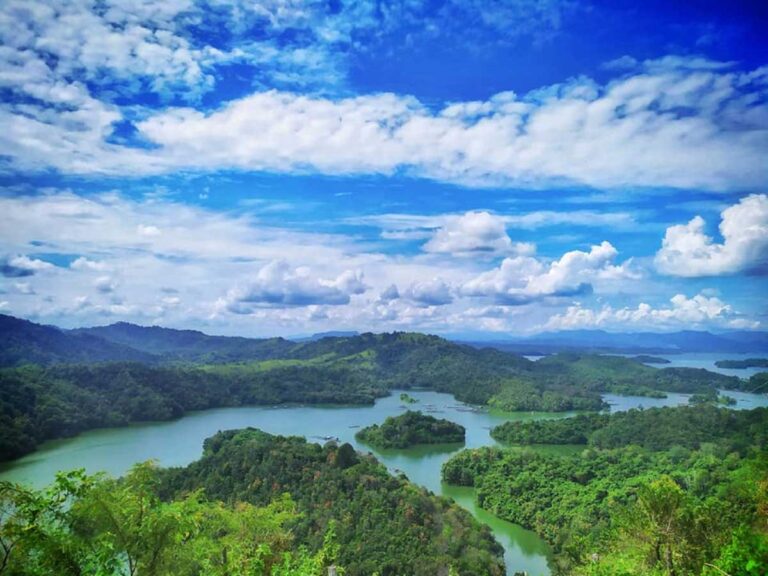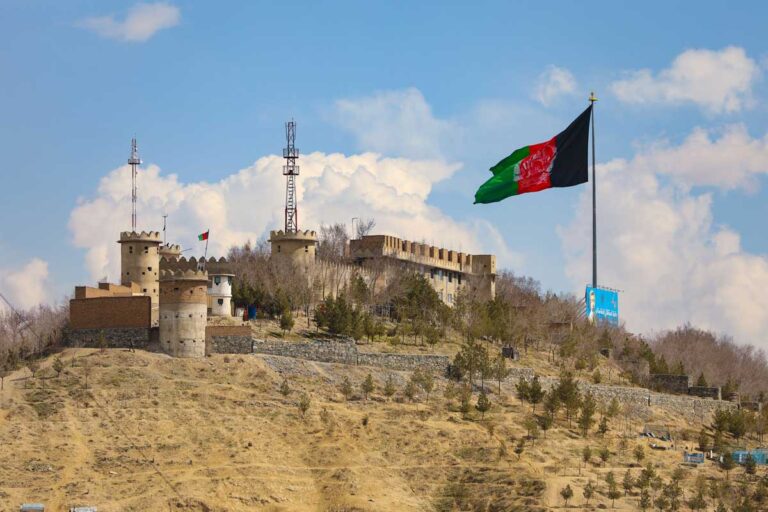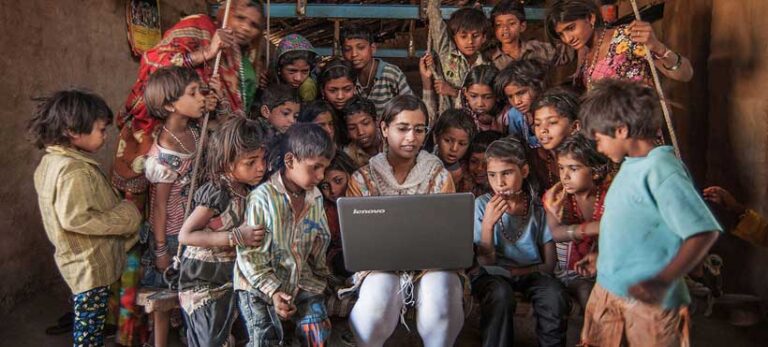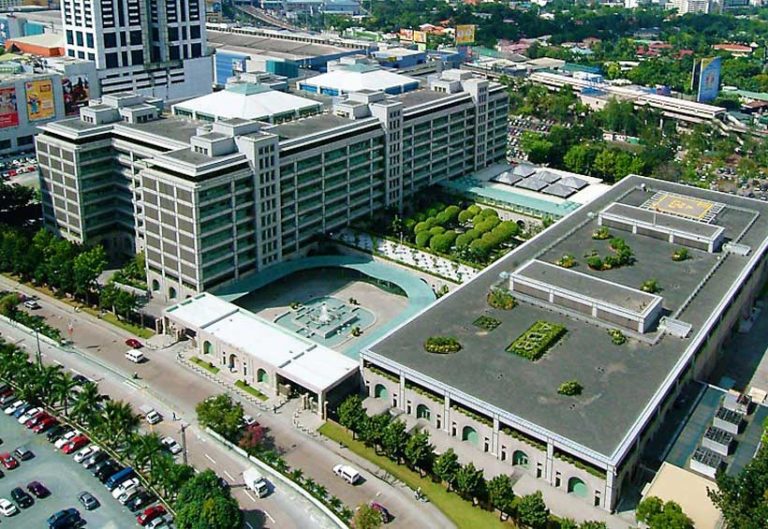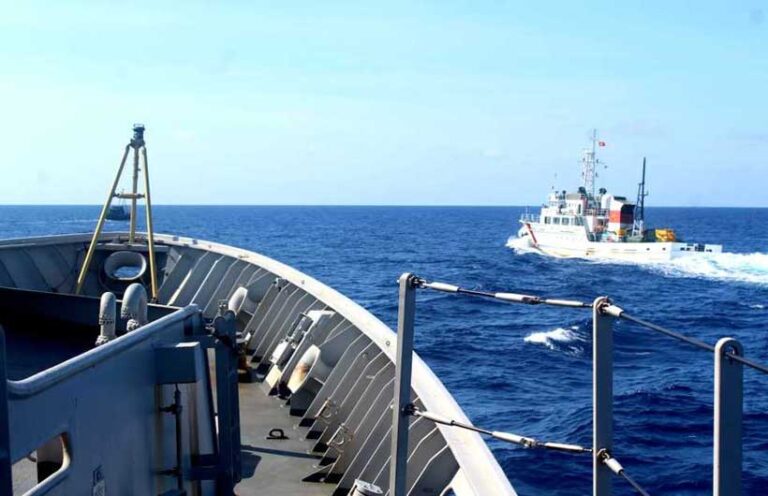Our global food systems are having a profound impact on human and planetary health. They are responsible for 70 per cent of the water extracted from nature, account for up to one-third of human-linked greenhouse gas emissions, and agriculture has been identified as the threat to 24,000 of the 28,000 species (over 86 per cent) at risk of extinction.
According to the United Nations Environment Programme’s (UNEP’s) Food Waste Index Report 2021, people globally waste 1 billion tonnes of food each year. A staggering one-third of all food produced globally is lost or wasted. The evidence is becoming too hard to ignore. Food systems reform is critical to tackling the planetary crisis of climate change, nature and biodiversity loss and pollution and waste.
UNEP is playing a crucial role in the transition towards sustainable food systems. It serves as custodian of the food waste element of Sustainable Development Goal (SDG) 12.3, which aims to halve per capita global food waste at the retail and consumer levels and reduce food losses along production and supply chains.
In a historic first this week, the UN held the inaugural Food Systems Summit, uniting global leaders in a drive to find novel ways to produce healthy fare for the world’s growing population without harming the planet.
UNEP Executive Director Inger Andersen led the system-wide UN Taskforce, established to ensure the Summit built on the unique capabilities of the UN to deliver on its agenda. In her remarks, Ms. Andersen underlined UNEP’s commitment to joining up with other UN agencies to support countries as they arrive at and implement ambitious commitments to transform our relationship with food – for people and the planet.
UNEP was also instrumental in developing several solution clusters emerging from the Summit Process, including the coalitions on ‘Food is Never Waste’ and ‘Healthy Diets from Sustainable Food Systems‘.
Ahead of the second International Day of Awareness of Food Loss and Waste on 29 September, we sat down with UNEP’s food systems expert Clementine O’Connor to discuss the issues – and opportunities – brought on by food waste.
UNEP: It seems that food waste as a global problem appears to be a fairly recent phenomenon. Is it now only now getting the attention it deserves?
Clementine O’Connor (CO): I co-authored a study called the Preparatory Study on Food Waste Across EU 27 for the European Union (EU) in 2010, when the topic was not high on political agendas or very salient in many households. Few countries had measured food waste. There were some emerging actions, policies and awareness campaigns, but these were at quite a small scale – with notable exceptions in the UK and the Netherlands. However, the estimate in the study of 89 million tonnes of food waste in the EU each year generated much attention. The EU designated 2014 the European Year Against Food Waste. With a growing body of research and through international and cross supply chain partnerships, momentum has built unrelentingly. Today, we have food waste embedded in the SDGs, with Target 12.3, which seeks to halve food waste globally by 2030 and tracks progress through a global index.
UNEP: How is UNEP helping to tackle the food waste crisis?
CO: UNEP launched the Think Eat Save global public awareness campaign in 2013, with a dinner at UNEP’s headquarters in Nairobi for hundreds of ministers and high-level officials made with perfectly good food grown by Kenyan farmers but rejected by UK supermarkets due to cosmetic imperfections. UNEP contributed to the creation of Champions 12.3, a coalition of executives committed to halving food waste by 2030, and developing the Food Loss and Waste Accounting and Reporting Standard. UNEP’s Food Waste Index Report published this year provides a common methodology for measuring food waste and tracking progress on SDG 12.3 and provides new estimates of global food waste based on the most comprehensive food waste data collection to date. Countries and companies are adopting a Target – Measure – Act approach, with a few countries already nearing a 25 per cent reduction in household food waste.
The Food Waste Index Report has shown that household food waste is a global challenge and supports action in areas that are just getting started. UNEP is now launching Regional Food Waste Working Groups in Africa, Asia Pacific, Latin American, the Caribbean, and West Asia as part of the GO4SDGs Initiative. These working groups will provide technical support and peer-to-peer learning at the regional level, helping 25 countries measure baselines and develop national food waste prevention strategies.
UNEP also helped develop the ‘Food is Never Waste’ Coalition emerging from the UN Food Systems Summit process and launched last week. With commitments from 12 countries and counting, the C40 Cities Group and a diverse group of stakeholders, UNEP, together with this coalition of leaders, is helping connect the dots between global hunger and the three planetary crises of climate, nature and pollution, and scaling up action in the eight years to come.
UNEP: How important is it to quantify the issue of food waste?
CO: Data creates a case for action. Previously there was an assumption that consumer food waste was a high-income country problem – the UNEP Food Waste Index Report demonstrates that it is significant in almost every country that has measured it. Data makes the problem visible. It helps countries identify hotspots, measure the impact of interventions, and track progress on SDG 12.3, with all of the benefits this entails, from food security to climate change mitigation.
UNEP: How much of a behavioural change shift is required to reach some of these targets?
CO: Nobody wants to waste food. It is morally objectionable in every culture. Behavioural insights are helping us identify the reasons food goes to waste in our homes and point to the interventions that have the highest impact in turning this around. We are wasting on average 74 kilograms of food at home per person per year. This is greater than the average person’s weight. While halving this is a major challenge, research shows us ways to make this easy – by adopting high impact behaviours that are easy to incorporate into existing routines. For example, research by Australian NGO OzHarvest points to two such measures. Scheduling a “Use It Up” meal once a week, using up leftover ingredients with adaptable recipes (such as samosas, stir-fries or soup), and creating an “Eat Me First” shelf in your fridge, drawing attention to perishables that need to be eaten quickly. Unilever’s research in Canada had strikingly similar findings, with recommendations for a “Use-Up Day” and “Flexipes”.
UNEP: Many of these recommendations are relatively small steps. But if all these actions were taken – what sort of impact could it have on greenhouse gas emissions or achieving targets?
CO: Food loss and waste are responsible for 8 to10 per cent of all greenhouse gas emissions, and thus reducing food waste is one of the most important ways any of us can reduce our emission of greenhouse emissions and contribution to climate change. With collaborative action across supply chains, reducing food waste at home, a few key behaviour changes by consumers, and policies that keep food out of the landfill, we can have a huge impact on the triple planetary crisis, with benefits across the 2030 Agenda for Sustainable Development.
UNEP: Do you see enough signs pointing in the right direction that you are hopeful we can achieve success?
CO: Yes. This has been a momentous year – 148 countries have held food systems dialogues and are now developing national food systems pathways under the auspices of the UN Food Systems Summit. The ‘Food is Never Waste’ Coalition is helping us pull in the same direction globally. UNEP’s Regional Working Groups will be helping 25 countries measure baselines and develop national food waste prevention strategies. We will host a webinar on 7 October with international banks, foundations and climate finance facilities to demonstrate how countries can fund and deliver these strategies. There is certainly a long way to 2030 – but we can do it together.
One Planet Network
UNEP works in partnership with the Food and Agriculture Programme (FAO) under the One Planet Network on Programmes on Sustainable Consumption and Production (10YFP) – a global commitment to accelerate the shift towards sustainable consumption and production in both developed and developing countries. Sustainable consumption and production is a stand-alone goal (SDG 12) of the 2030 Agenda for Sustainable Development, and Target 12.1 calls for the implementation of the 10YFP. UNEP’s Executive Director is a member of Champions 12.3, a high-level coalition dedicated to delivering SDG 12.3.



